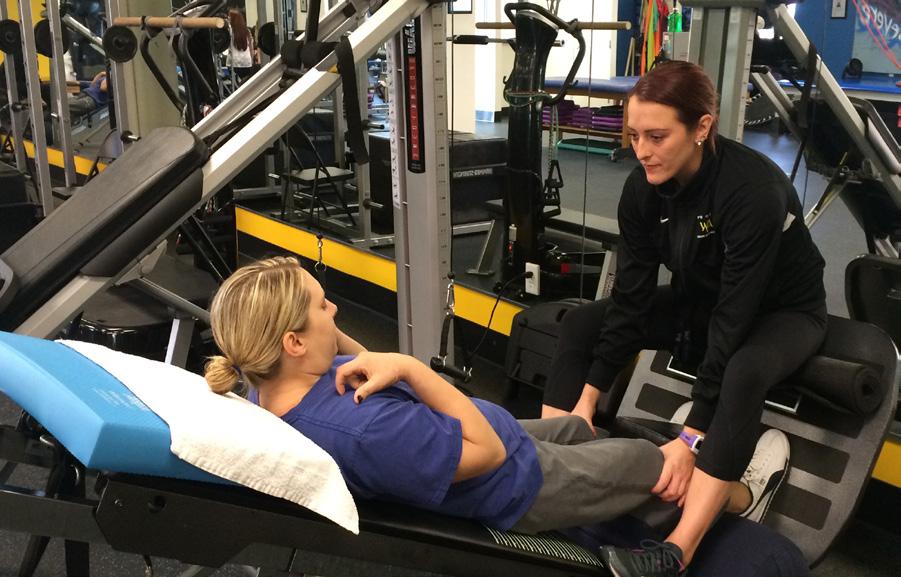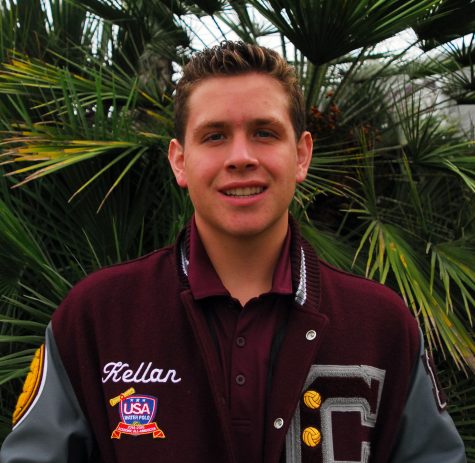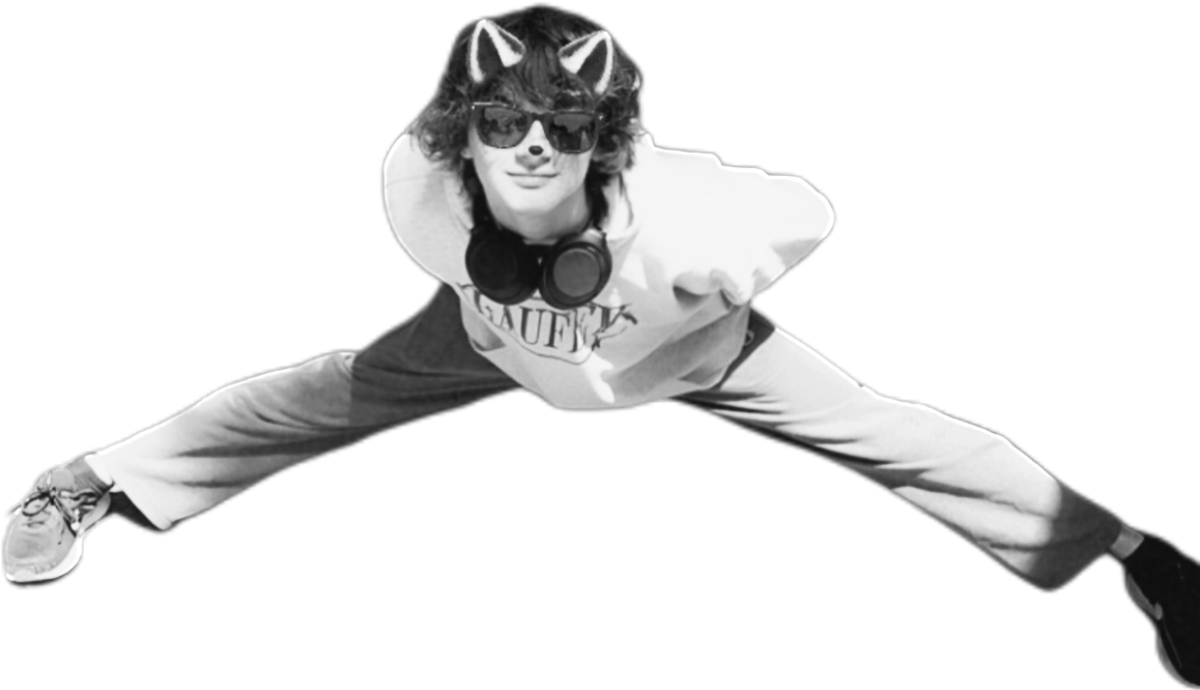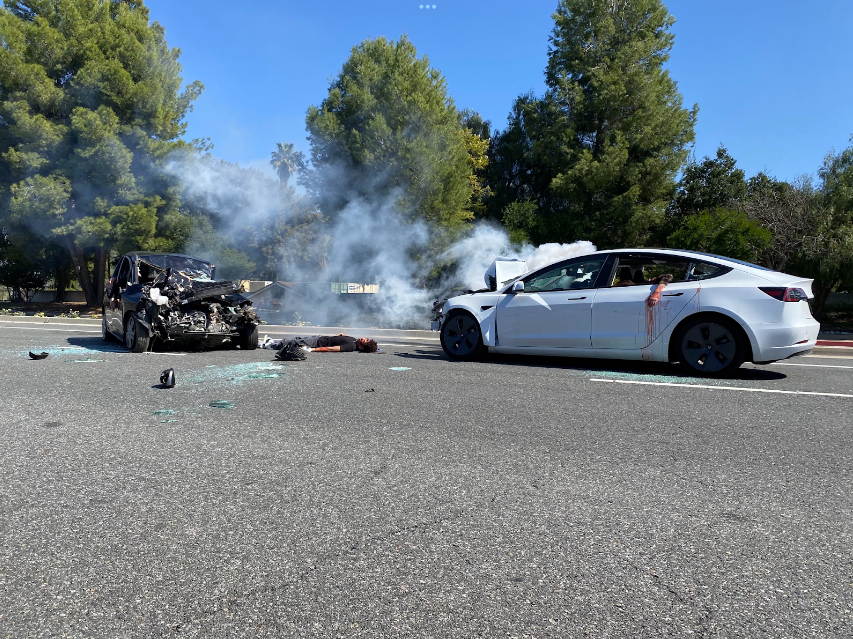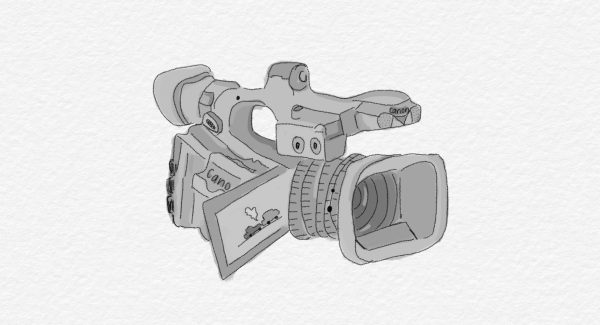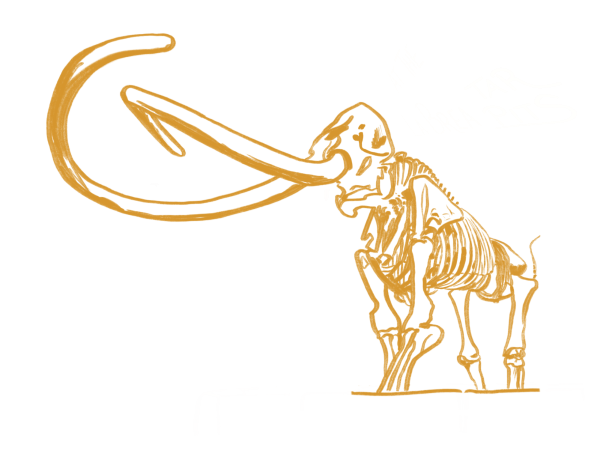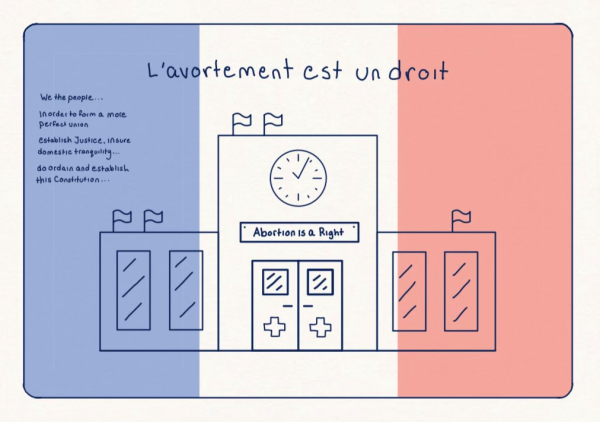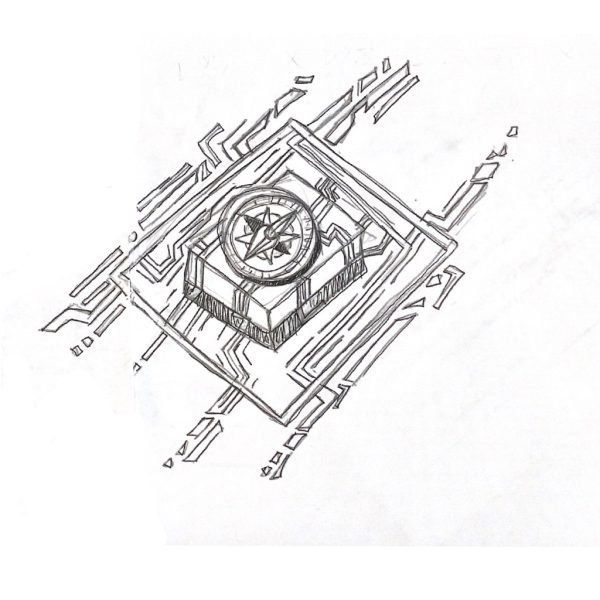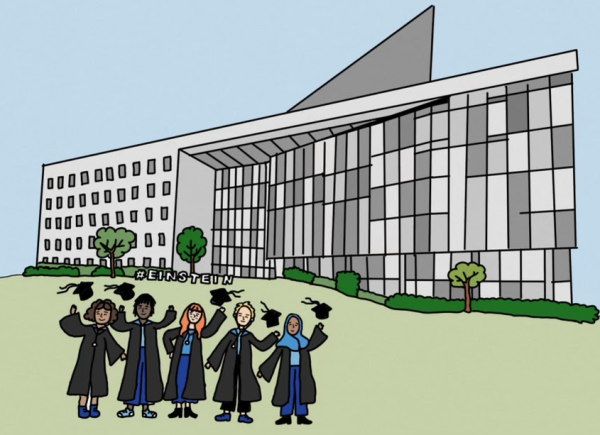Project Walk Organization Expands from Claremont Club Facility
Project Walk clients assisted by trainers use the machines to do various exercises that rehabilitate nerves and muscles around their injuries.
March 3, 2014
The Project Walk Organization at the Claremont Club, founded by CHS alumnus Hal Hargrave Jr. and CEO of the Claremont Club Mike Alpert, officially opened its expanded facility on Feb. 1, 2013. Project Walk’s goal is to help people suffering from a Spinal Cord Injury (SCI) to overcome physical difficulties and improve mobility skills through intense activity-based recovery programs, education, training, research, and development. Since its expansion, the Project Walk facility has grown from 17 to 40 full-time clients, many of whom are sponsored by the Be Perfect Foundation, also founded by Hargrave.
“The [Be Perfect] Foundation is supporting and underwriting close to 20 clients who are in our program at Project Walk and who have kept the hope alive to someday walk again,” Hargrave said.
In July 2007, Hargrave suffered a car accident that left him paralyzed from the neck down. Alpert met with Hargrave and his family after his accident because he wanted to convert one of The Claremont Club’s racquetball courts into a recovery center, and it was opened in June 2008. Hargrave was the only patient at first, but as the center expanded to help over 17 clients, a bigger facility was needed. Alpert consequently convinced the Pomona Valley Hospital to sign a long-term lease with the Pomona Valley Hospital for a 3,000 square foot room, which was converted into the first Project Walk franchise facility. The facility may be further expanded by 2,000 more square feet in March or April to provide for a wider range of clients with a bigger area and more SCI specialized exercise machines. This expansion would allow for the facility to continue with its main goal to help patients regain function using various exercises that rehabilitate nerves and muscles below the place of injury.
“When people come into the program, it is challenging for them. They are looking forward to being here, but they are pretty depressed because they have lost so much function,” Alpert said. “When they come to the Claremont Club, it is a pretty nice environment and they start to experience the actual movement of body parts. I think it is very spontaneous and very quick that they start to feel very motivated and reborn.”
Jason Smoot, another client of Project Walk, was injured when he dove into what he thought was the deep end of a pool, unaware that the whole pool was only four feet deep all the way across. After hitting his head on the pool floor, he underwent surgery on his neck to realign his shifted C4 and C5 vertebrates.
“The doctors said I would be on a ventilator for the rest of my life and would have no upper body function. Today, due to Project Walk, while I have no sensation below my chest, I can move my right arm and am gaining strength in my left arm,” Smoot said.
The Be Perfect Foundation, an organization that funds those who need wheelchairs, adaptive cars, and helps to cover unpaid medical bills, serves as the primary source of financial aid to clients in the Project Walk program. Insurance companies often do not cover programs like Project Walk for patients, so it is a much needed resource. Since it was founded by Hargrave six years ago, before Project Walk, the Be Perfect Foundation has been able to provide financial assistance to many people.
“Project Walk is a model for what SCI recovery is all about, and it’s all being done here in our hometown of Claremont, California,” Hargrave said.
To learn more about the Be Perfect Foundation, visit www.beperfectfoundation.com/.





